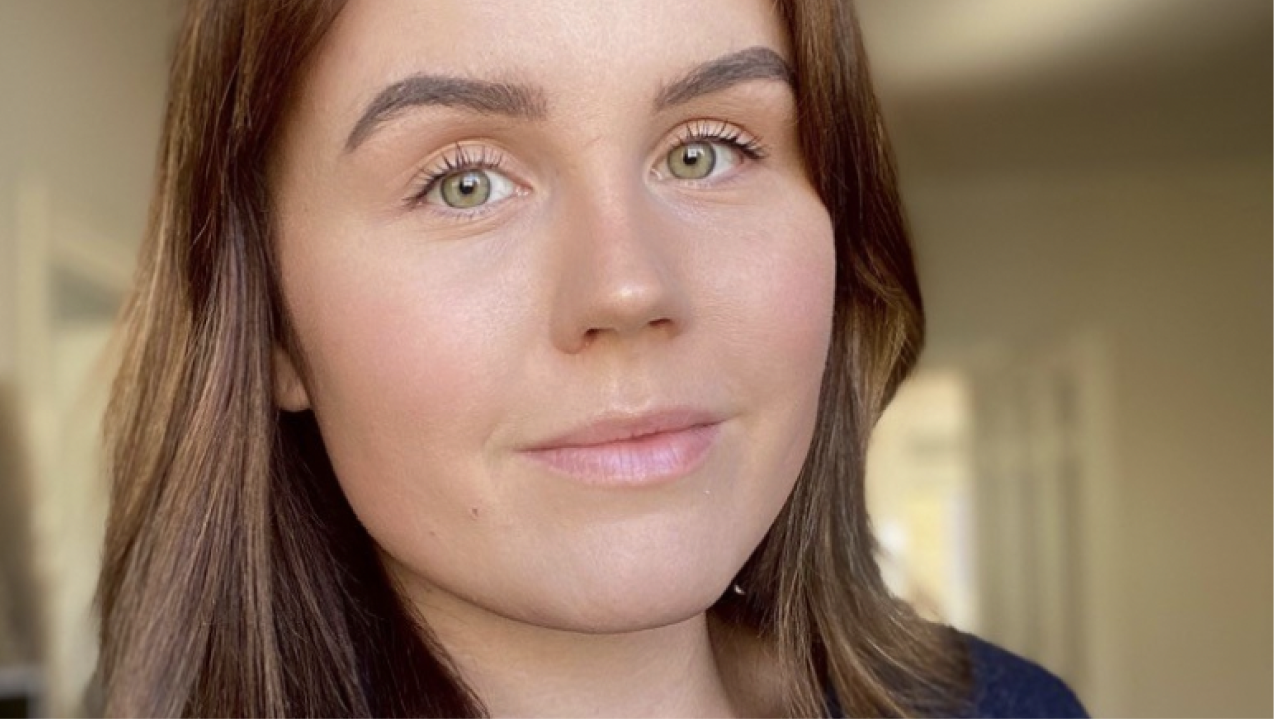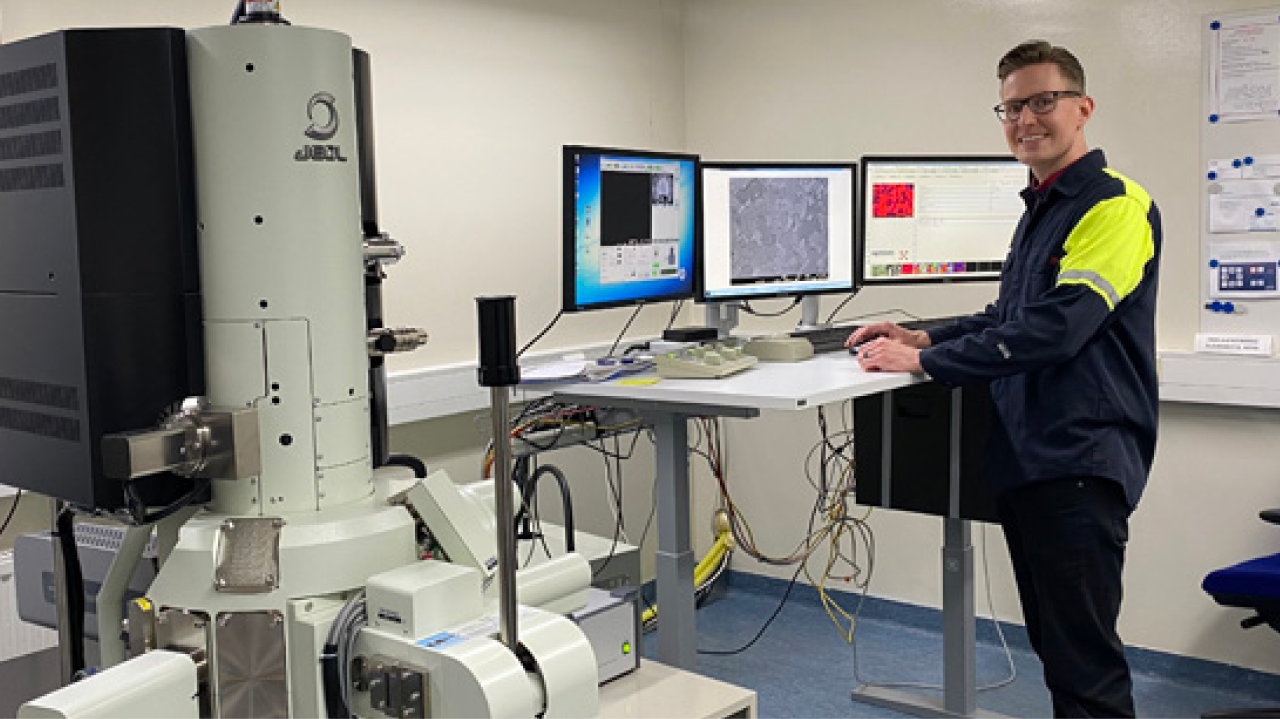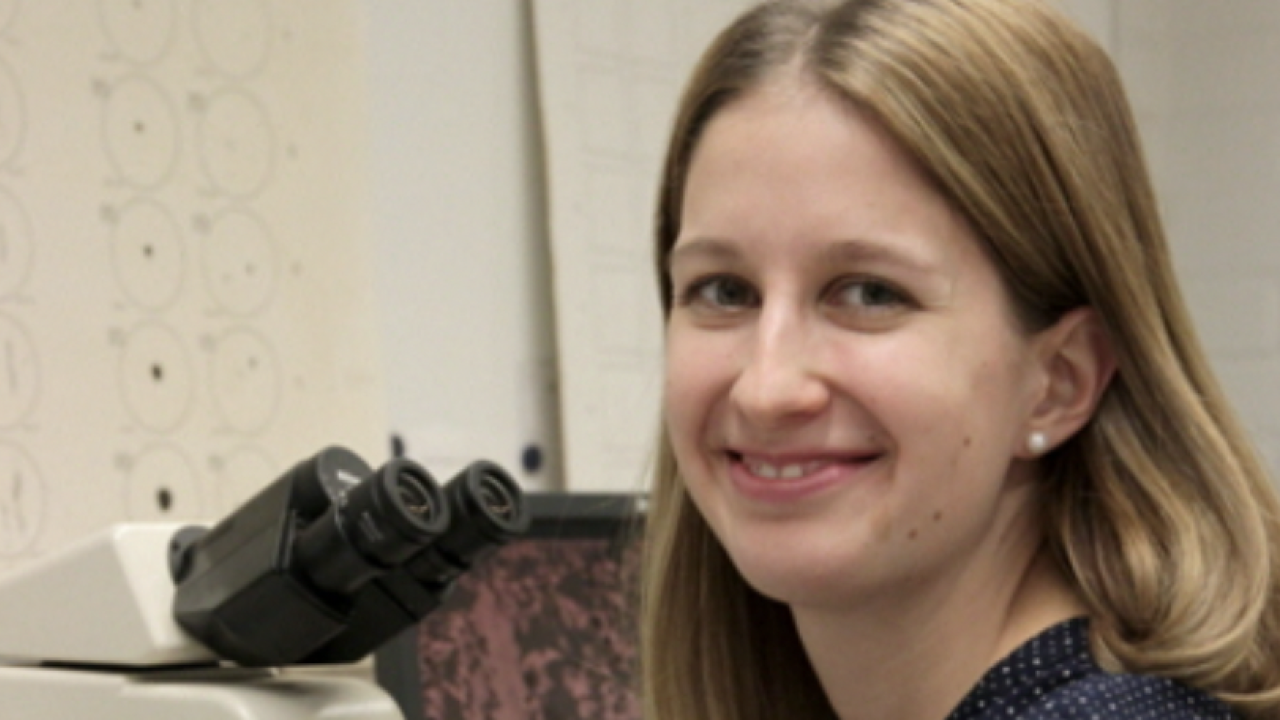Amanda Lindblad, ex-employee at SSAB in Oxelösund
Why did you choose to write your degree project at SSAB?
First and foremost, I think it’s a very interesting organization that is also in a challenging phase of its journey where a lot is happening. I study product and process development at Mälardalen University and I am passionate about development in sustainability. I want to be part of this work going forward, and then saw SSAB as a very interesting organization.
Describe the topic of your thesis.
I’m creating flow simulation for Härdlinje 2, where I’m investigating the opportunities and challenges involved, and how the digital model can be further developed towards a digital twin of the entire line. This could make it easier to make decisions, create investment materials and make changes in the process.
What have you learned so far while writing your dissertation?
I’ve gained a much greater understanding of the current manufacturing process, where there is a risk of potential bottlenecks and queues. I’ve also begun to see how we, together with the development of Industry 4.0, could work further towards a more automatic process where, with the help of historical data, we can identify errors before they occur.
What has been the most challenging part so far?
I would probably say to delimit the project. Digitization and development of more digital tools in the manufacturing industry is very interesting.
Who is supporting you during the dissertation?
I get invaluable help above all from my supervisor at SSAB, but also the whole work team is very helpful and supportive, I really get to feel like one in the group. I also have a supervisor from the university, who helps me follow the school's requirements for the degree project.
What plans do you have for the future?
I want to continue working with development and digitization, and to be involved and contribute to a more sustainable society.



